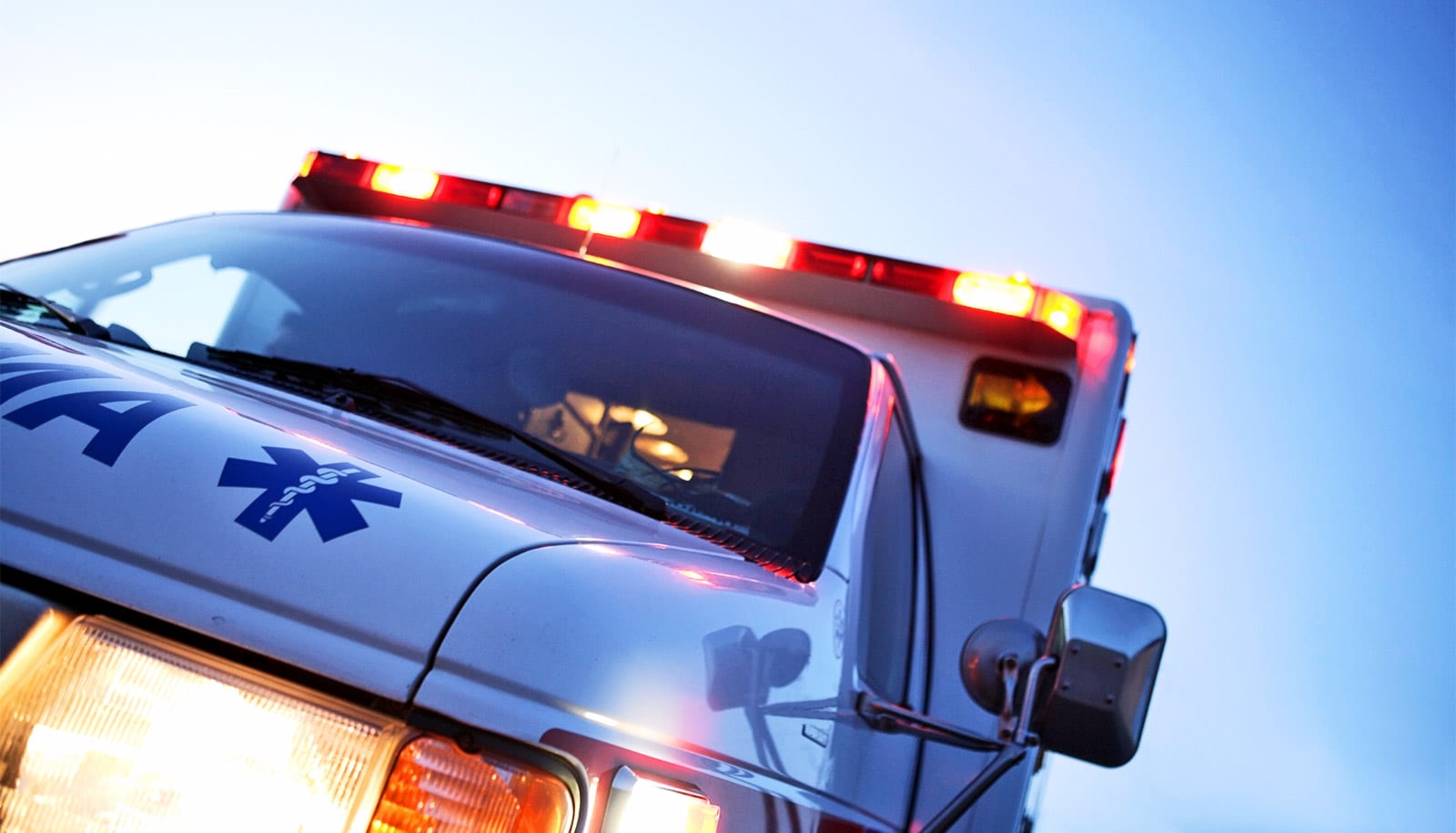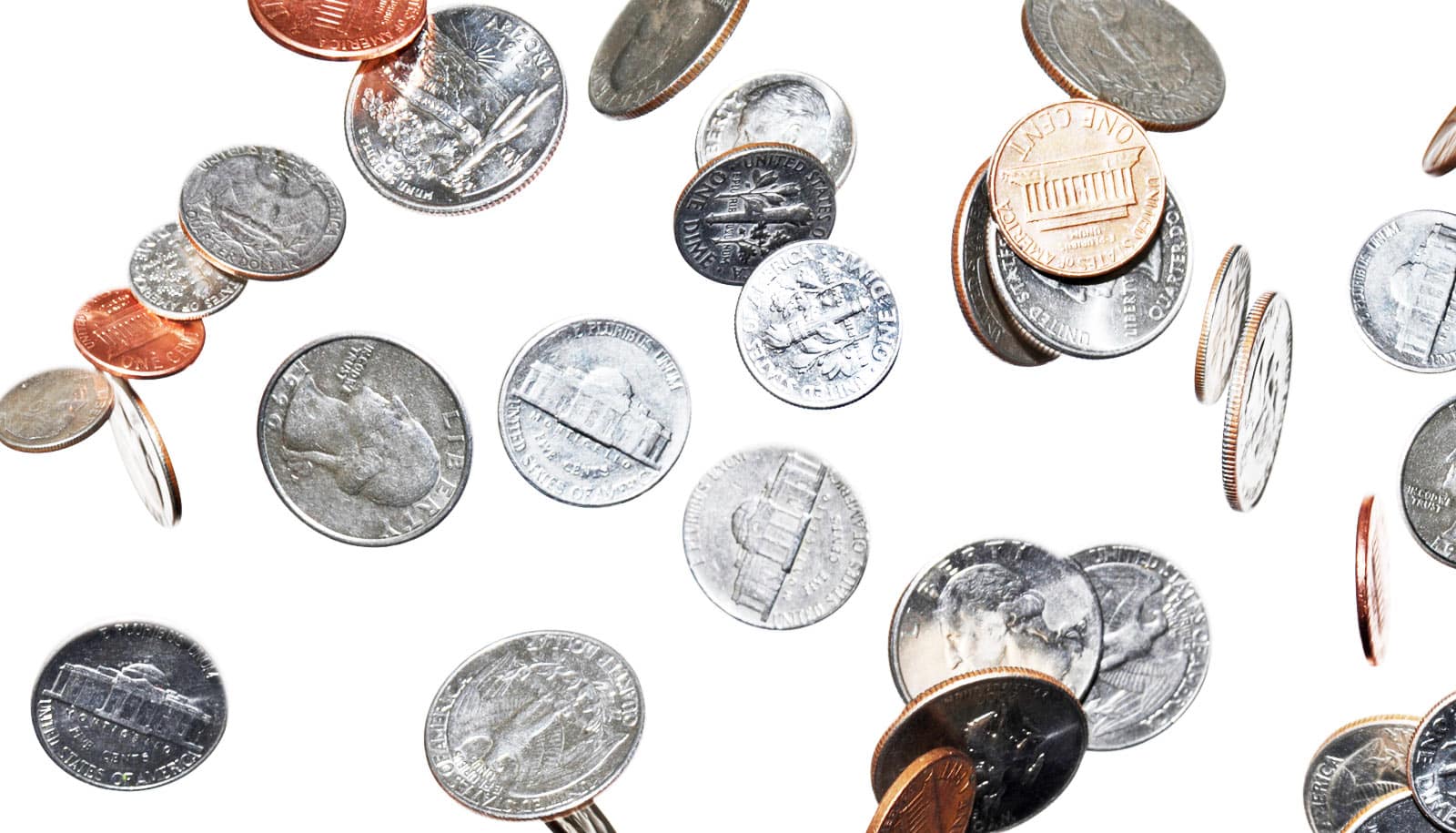Hospitalizations to treat pediatric gun injuries are expensive, and US taxpayers and the poor are bearing the price, according to a new study.
The average cost of initial hospitalization to treat pediatric gun injuries in the United States is about $13,000 per patient, according to a new study published in PLOS ONE. A total of about $109 million is spent on such hospitalizations in the country each year. The figures don’t capture the total costs of rehabilitating young gunshot victims, which can be much higher.
Research into the financial, health, and social costs of firearm injuries in the United States has focused mostly on adults, says senior author Stephanie Chao, assistant professor of surgery at Stanford University. However, nine of every 10 firearm injuries to children worldwide occur in the United States, according to a 2015 study published in the American Journal of Medicine. “We really need a better picture of the overall toll of firearms on children,” Chao says.
Although gun deaths from school shootings and other mass-casualty incidents are widely publicized, most pediatric gun injuries occur less publicly, often when children accidentally discharge firearms they locate and handle without their parents’ knowledge. “This takes a horrible toll on families and children’s lives, and there is a financial toll,” Chao says.
Causes of pediatric gun injuries
For the study, researchers used data on pediatric gun injuries from the Kids’ Inpatient Database, compiled once every three years using discharge data from more than 4,100 US hospitals. The researchers examined medical records from children released after their initial hospitalization for firearm injuries in 2003, 2006, 2009, and 2012.
They found that 19,015 children age 18 and under were hospitalized for firearm injuries during the four years included in the study, with an average of 4,753 admissions each year. About three-quarters of the injuries occurred in patients 16 to 18 years old. Injuries were caused by assault in 63% of cases and by unintentional discharge of a firearm in 26% of cases. In 3% of cases, injuries were self-inflicted. Most of the remainder were of undetermined cause.
Chao notes the vast majority of children and teens who attempt suicide using firearms do not survive to be admitted to a hospital, so the study could not capture the impact of most self-inflicted wounds on families and communities.
The cost of hospitalizations to treat firearm injuries in children rose with time, even after adjusting for inflation, the study shows. Medicaid paid more than half of that cost, over $62 million per year, and a substantial additional portion of the cost was borne by uninsured patients, who accounted for 11% of all hospitalizations.
What pediatricians and lawmakers should do
The results highlight how gun safety could be improved to protect children, Chao says, noting that the proportion of unintentional firearm injuries was especially high in young children. Among children age 5 and younger, 60% of gun injuries were unintentional, while among those aged 6-10, the figure was 56%.
“Accidental discharge of guns is something that is really actionable for lawmakers and pediatricians,” Chao says, noting that doctors can educate families about the need to store guns locked and unloaded, and legislators can pass laws to restrict children’s access to firearms. States with laws that restrict children’s gun access have fewer pediatric gun injuries and fatalities, Chao’s prior research has shown.
Not only would keeping children safe reduce families’ heartache, it would also free up funding to support children’s health in other ways, Chao says. “A lot of children are being harmed, and that’s costly to our health care system,” she says. “If we could prevent these injuries, the money could be spent in so many other places.”
Source: Stanford University


